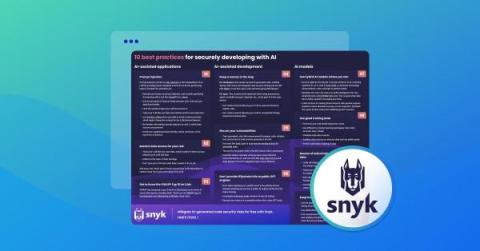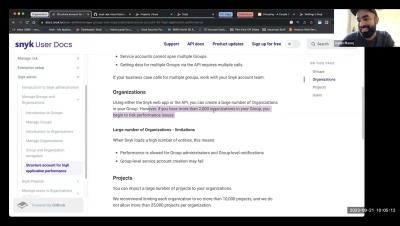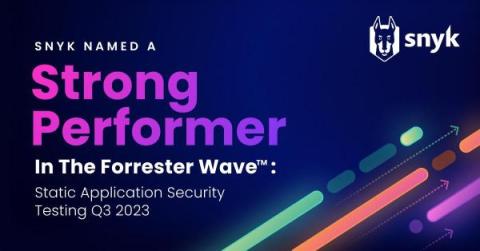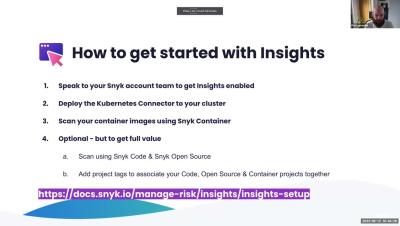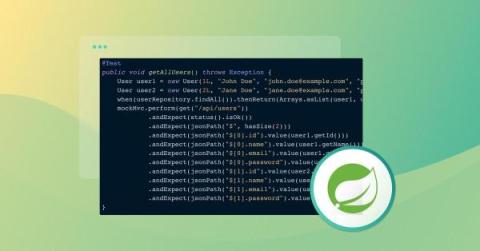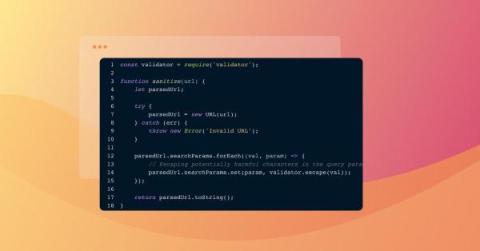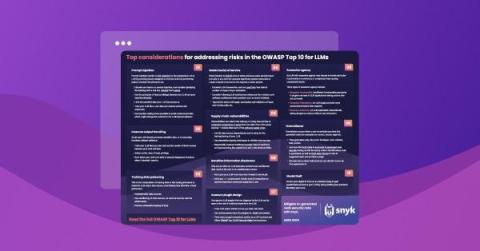Critical WebP 0-day security CVE-2023-4863 impacts wider software ecosystem
This month, Apple Security Engineering and Architecture (SEA) and The Citizen Lab at The University of Toronto's Munk School opened a pair of Critical vulnerabilities relating to maliciously formed WebP images which could be used to exploit the Chrome browser, as well as the webmproject/libwebp library from Google. As of Sep 27th, 2023, the CVEs known to track this libwebp vulnerability actively include.



